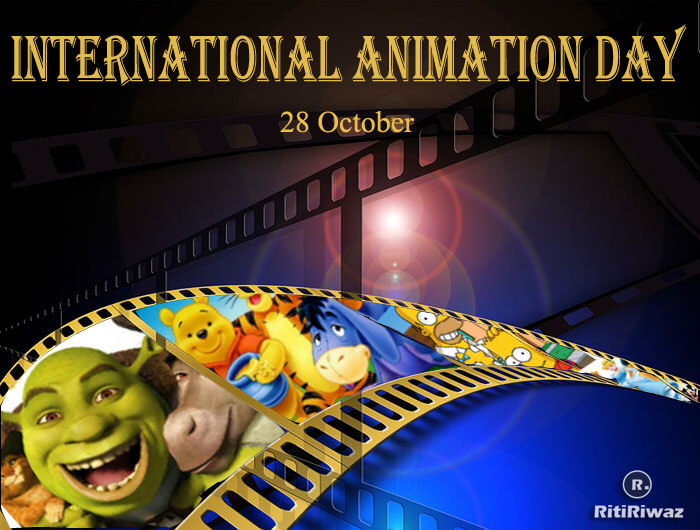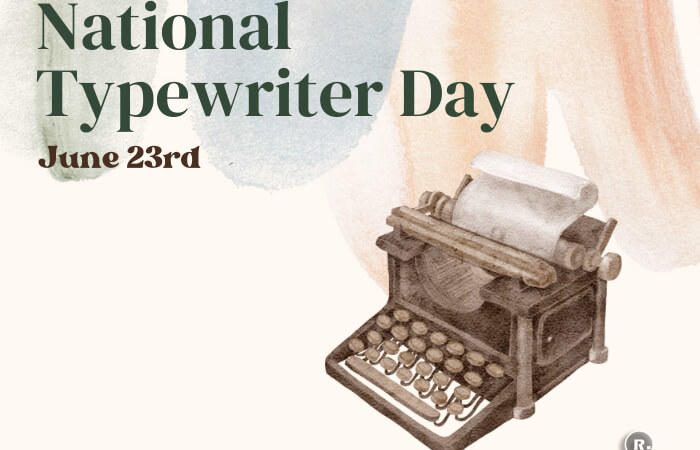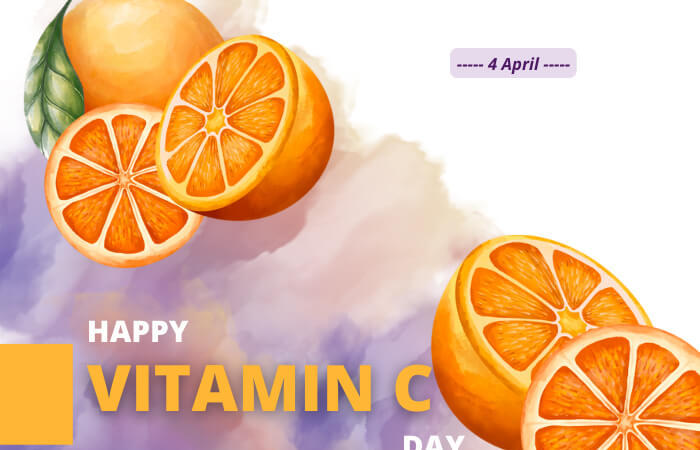International Animation Day – 28 October

International Animation Day is observed on 28th October to celebrate the art of animation and promote it. Animation is not the art of making drawings move, but the art of drawing movement. It is the process of bringing images to life. Images are manipulated to look as though they are moving. The day recognizes the artists, the scientists, and the technicians behind animated art including animated movies.
The History of Animation is such a fascinating look at the way we as humans have expressed our imagination and common interests for thousands of years. Videography takes continuous motion and breaks it up into discrete frames, animation starts with independent pictures and puts them together to form the illusion of continuous motion.
History of International Animation Day
The International Animation Day (IAD) was proclaimed in 2002 by the ASIFA or “Association Internationale du Film d’Animation” (the International Animated Film Association) as the main global event to celebrate the art of animation. The International Animated Film Association (ASIFA) is an international non-profit organization founded in 1960, with chapters in as many as 30 countries including Iran.
Starting in 2002, the day commemorates the first public performance of Charles-Emile Reynaud’s Theatre Optique at the Grevin Museum in Paris, 1892. His public performance of animation entered the history of optical entertainments as shortly predating the camera-made movies.
In 1895, the Cinematograph of the Lumière brothers outshone Reynaud’s invention, driving Émile to bankruptcy. However, his public performance of animation entered the history of optical entertainments as shortly predating the camera-made movies.
But what about the 5,200-year-old bowl discovered in Iran, which shows 5 images painted along its side? When the bowl is spun, the rapid succession of images shows a goat jumping towards a tree to eat a pear.
And what about prehistoric cave paintings, which show a sequence of figures carrying out a hunt? This depiction of the movement to tell a story is the ultimate basis of animation.
The History of Animation is such a fascinating look at the way we as humans have expressed our imagination and common interests for thousands of years.
In recent years, the event has been observed in more than 50 different countries with more than 1000 events, on every continent, all over the world. IAD was initiated by ASIFA, International Animated Film Association, a member of UNESCO.
In the present day, many of our favorite live-action movies, TV shows, and comic books have found a renewed life through animation, extending their avenues for storytelling. In some cases, these cartoons were better equipped to expand on a universe in ways the original source material could only dream of.
During International Animation Day cultural institutions are also invited to join in by screening animated films, organizing workshops, exhibiting artwork and stills, providing technical demonstrations, and organizing other events helping to promote the art of animation.
Types of animation
Cel (Celluloid) Animation
This is the original hand-drawn cel animation where the artist literally has to draw thousands of images on special paper and have them photographed, frame by frame.
2D Animation
This is vector-based animation, and has two distinct advantages: it is cheap and easy to access. You need a basic understanding of keyframes and know how to use Adobe Animate CC.
3D Animation
3D animation and visual effects are, quite simply, the way of the future. 3D, also referred to as CGI (computer-generated imagery), is the most popular type of animation for feature films currently, and it’s become common in TV and short films as well.
Motion Graphics
Motion Graphics are pieces are digital graphics that create the illusion of motion usually for ads, title sequences in films, but ultimately exist to communicate something to the viewer.
Stop Motion
Stop motion is like traditional animation, except instead of drawing, you have clay models and a set that you have to carefully manipulate to produce animation. If moved in small increments, captured one frame at a time, the illusion of motion is produced.
“Animation is not the art of drawings that move but the art of movements that are drawn.” – Norman McLaren
Suggested Read: Important Days In October






